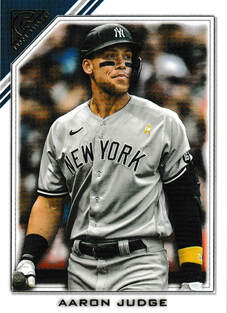
After all, the set’s motto is “The Art of Collecting.”
Usually you can only buy Gallery at Walmart as a retail-only product, but the 2022 version is also available this year from the Topps website. I found both blasters and Monster boxes at my local Walmart store.
Since I am not collecting the set, I chose the blaster. For those who want to invest $79.99 for a Monster box — which is kind of like a hobby box, in my view — the advantage is that you will receive two autographed cards.
Last year I bought two Monster boxes. I went the blaster box route this year, buying only one box for $24.99. The economy, you know. However, buying the blaster meant I’d still receive four exclusive Printer Proof parallels.

What I like about this set is the museum-like theme. Until 2021, Gallery card designs relied on original artwork. For the second straight year, the card fronts will feature actual photographs.
As in previous years, the main photograph is still surrounded by an inner border that looks just like a picture frame.
Most of the cards I pulled had vertical designs on the card front, although a few did have a horizontal design. I prefer vertical, but sometimes a card does lend itself to a horizontal look.
The card backs feature vital statistics for each player, plus “Gallery Notes” that provide brief highlights separated by three dots in the column-writing style of Dick Young, the late, great New York sportswriter.
Again this year, the base set consists of 200 cards. Current stars, rookies and retired stars are the focus.

There was also a Green Pattern parallel of Cody Bellinger. which was numbered to 99.
The lone insert in the blaster was a Modern Artists insert of Julio Rodriguez. The artwork was created by Jason Drumheller, an award-winning artist from Baltimore. His motto is “Keep it simple, make it smart.”
That is reflected in the simplicity of the insert.
The four Printer Proof cards featured Tyler O’Neill, Andrew McCutchen, Tony Gwynn and Alek Manoah.
Another interesting set. The 2022 Topps Gallery set is not flashy, but it is a clean and attractive product.


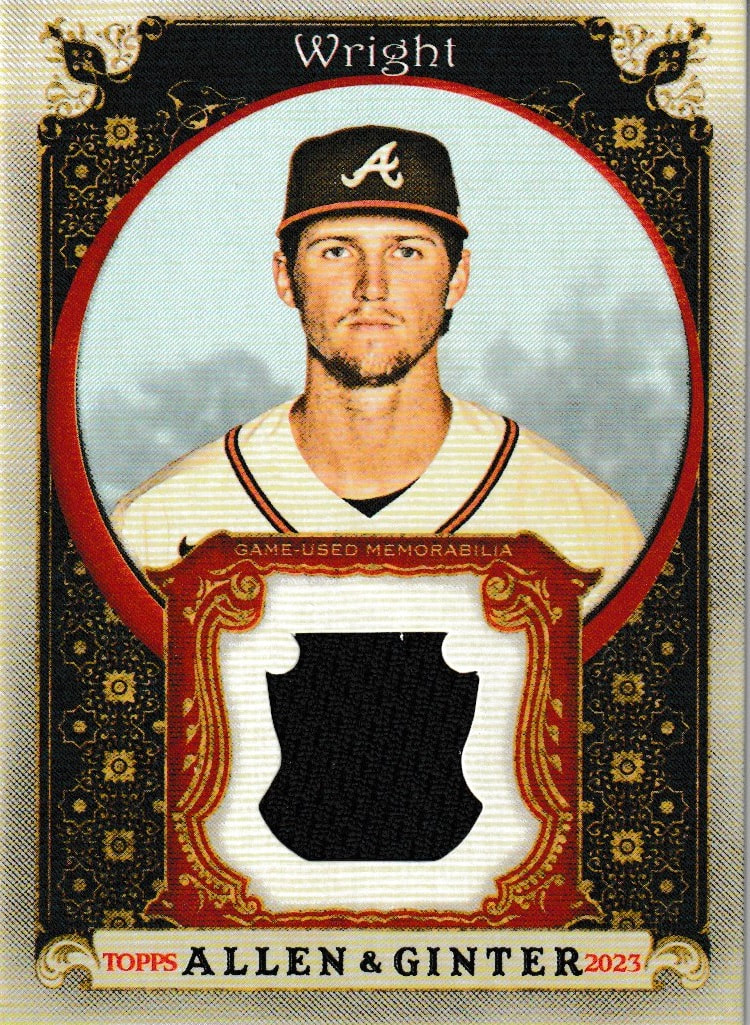
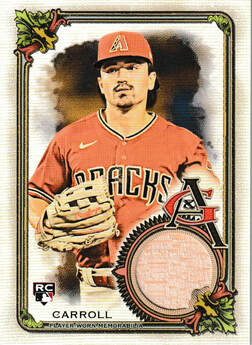
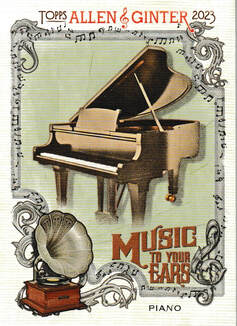


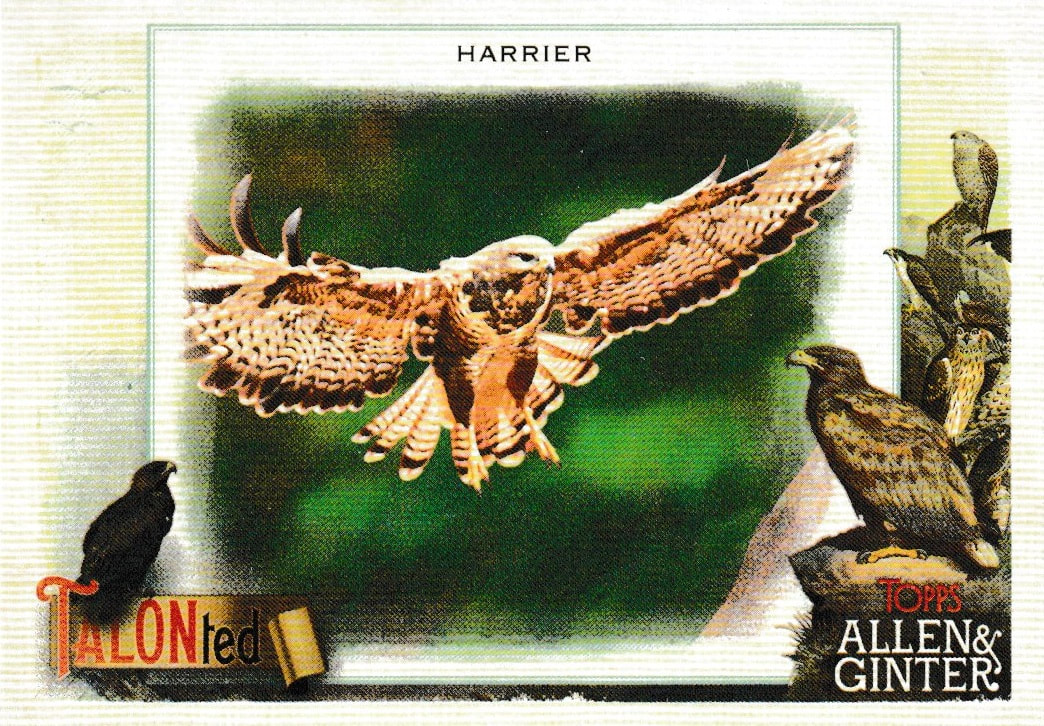
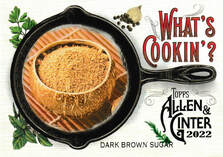
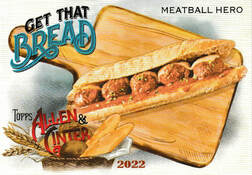

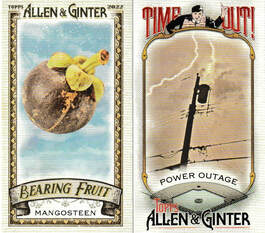

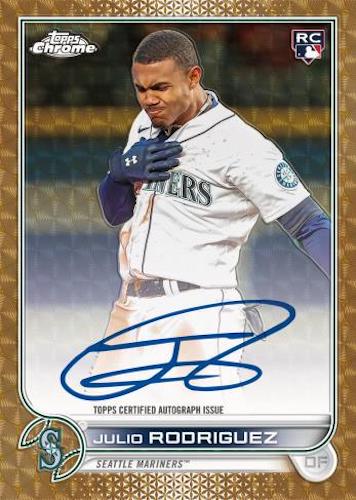
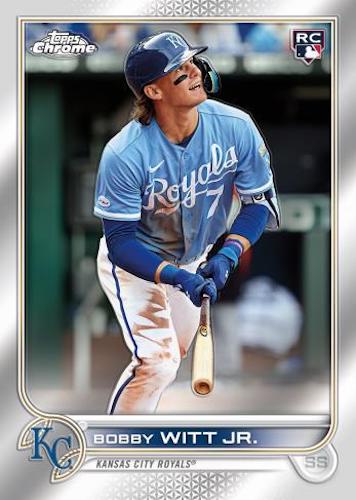
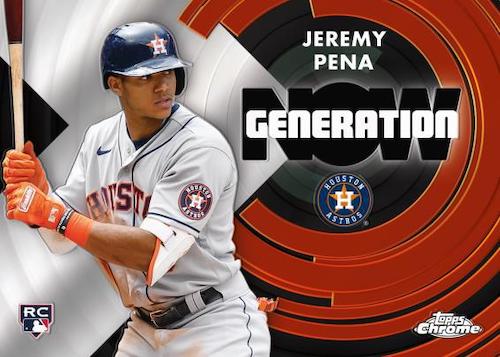
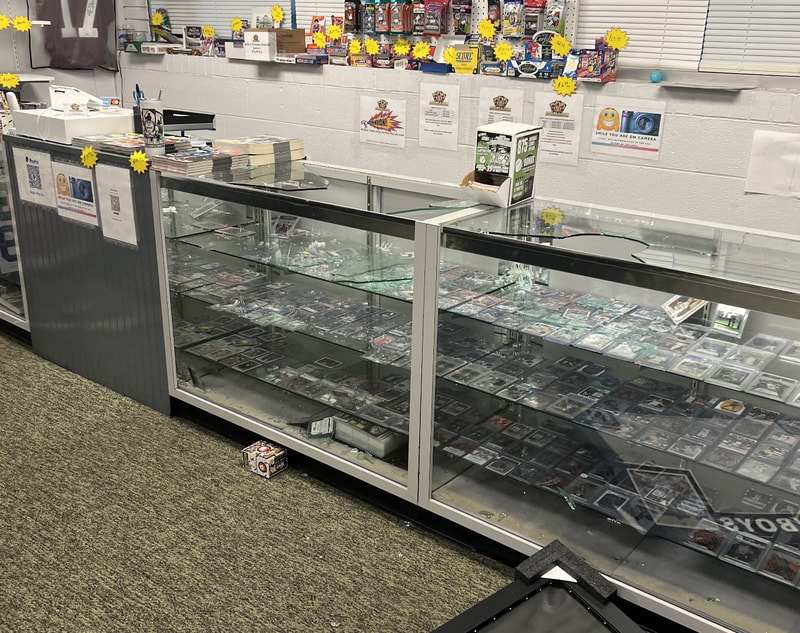
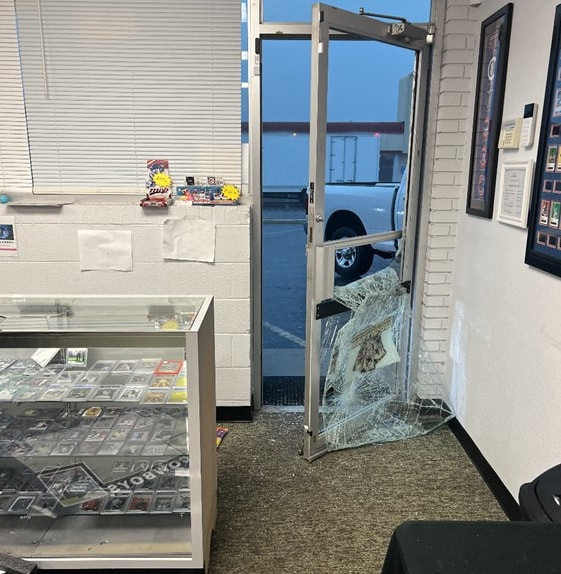

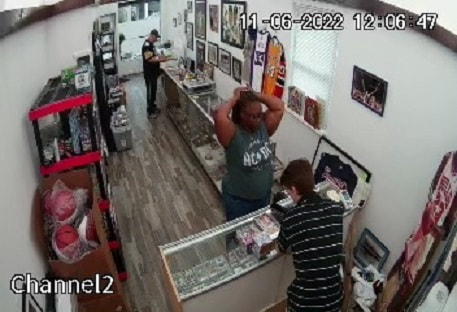
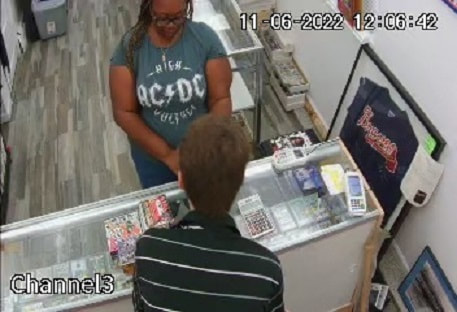




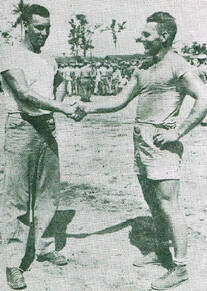
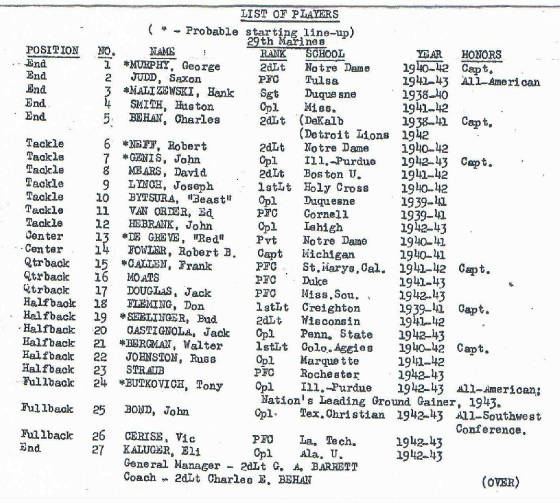
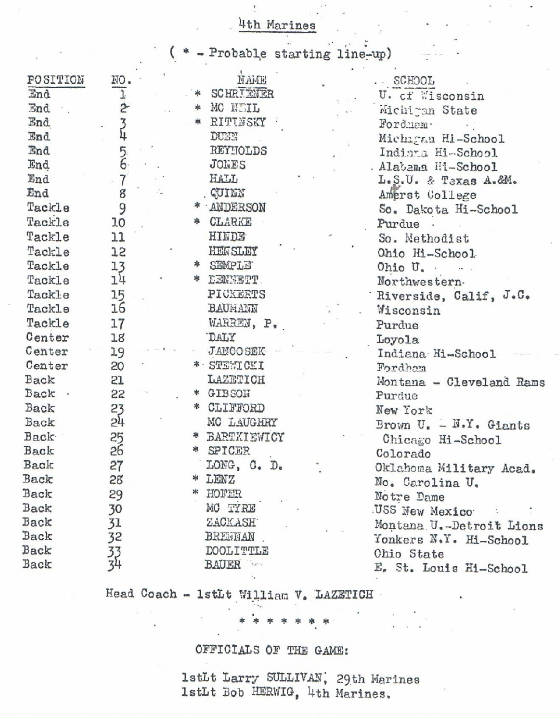
 RSS Feed
RSS Feed
